“Putting the Soul back in the Body” – The Center for Victims of Torture
Dr. Andrea Northwood, Director of Client Services
The Center for Victims of Torture
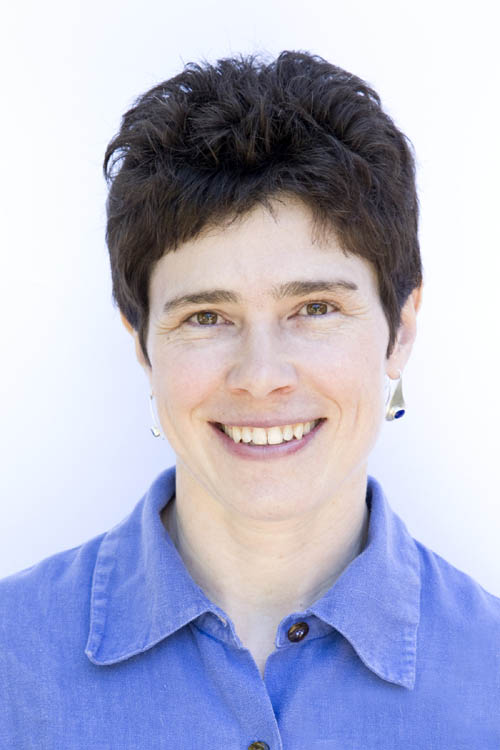
The wounds of torture deeply affect the mind, body and soul… Under no circumstance should it be a part of a civilized society…
Torture is wrong; and it maims the nation where it is practiced. So what do we do? STOP TORTURE WORLDWIDE. HOW? – By striving in our own little ways. And one way to make significant difference is to join and support ‘The Center for Victims of Torture (CVT)’ which is making this possible through its incredible efforts of relentlessly working towards rehabilitating the distresses of innumerable torture victims worldwide.
YL volunteer Payal gets the specifics from Dr. Andrea Northwood, Mr. Brad Robideau and other members of staff on how “CVT rebuilds lives and restores hope.” At CVT, healing is possible. Before we delve into how CVT heals the torture victims, it’s important to understand torture and its impact.
We have often heard of stories revealing a terrifying glimpse into the world of those who speak of gruesome horrors that have been inflicted upon them by another human. A world where no one is allowed to think and act freely…
But what really happens to them?
Torture is usually a deliberate means of disfiguring ones’ body and soul, and creating an atmosphere of fear and disorientation physically (beating) or psychologically. Apart from the victims who can be children, men or women, the families and local societies suffer too. Usually the ones affected are politically, socially or religiously in opposition.
The devastating effects of torture can be extremely varied such as guilt and shame triggered by humiliation, post-traumatic stress disorders (PTSD), flashbacks, depression, anxiety, insomnia, body pain, panic attacks, hearing or vision loss, respiratory problems, sexual difficulties, neurological damage and nausea. Additional damaging effects can be self-hatred, substance-abuse, suicidal thoughts, difficulty in concentration, nightmares, and memory lapses.
Many times these victims go untreated for years remaining in silence; either due to unawareness about help, being afraid of seeking help, language barriers, scared of being called spoiled or impure (in cases of rape), or simply due to the fear of being called ‘eccentric.’
Here is an account of some survivor stories: https://www.cvt.org/what-we-do/survivor-stories/roselines-story
Tugging at Threads to Unspool Stories of Torture @NY Times: www.nytimes.com/2011/05/03/health/03torture.html?_r=1&pagewanted=all
“What are you doing for human rights?”
– This unpretentious yet tough question was asked to the Governor of Minnesota by his son, Rudy Perpich, Jr. who was then working as a volunteer for Amnesty International. The governor directed a committee of human rights experts who suggested the idea of a rehabilitation center for torture survivors. The governor visited the first ever existing center in Copenhagen, Denmark and established a center on the same lines in Minnesota.
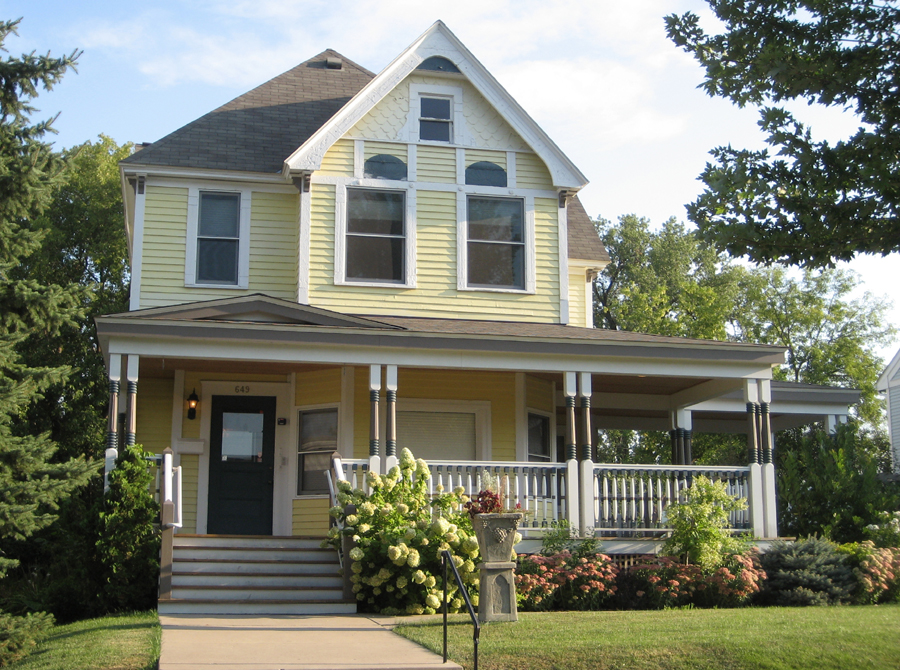
The Center for Victims of Torture:
Apart from having its facilities in US, CVT also works in other countries such as Guinea, Sierra Leone, Liberia, Democratic Republic of Congo, Jordan (Iraqi torture survivors) and Kenya (Somali torture survivors).It has rehabilitated more than 20,000 torture survivors and directs ‘Healtorture.org’ and the ‘New Tactics in Human Rights Project.’
CVT works towards “Restoring the Dignity of the Human Spirit by healing…”


How do people and CVT meet?
When survivors hear about CVT through word of mouth, health care or other legal and community services, some of them turn to CVT for help. The healing center in US is located in St. Paul, Minnesota. This facility is located in a Victorian home which gives the victims a clean and free environment. CVT’s facility has rooms with rounded or angled corners, domestic furnishings, and large and brightly lit windows to create a much smoother and relaxing environment for the victims who have witnessed torture in small rooms with glaring lights. Each torture victim who comes at CVT is treated by a team of experts.
The first appointment is with members of staff who asks and understands some basic information. Next, a psychotherapist and a social worker explain the entire procedure at CVT and simultaneously the victim is registered for health insurance benefits. Next, a doctor conducts a general medical exam and hospitalization is provided if necessary. Following this, a psychiatrist prescribes medication in case of problems with sleeping, anxiety or nervousness; nurses are available to help with the medications. Social workers then guide and help through the process of immigration, US laws, society and culture, and re-uniting with family. A psychotherapist walks with the victim to help re-gain feelings of self-confidence, power, hope and trust in others. A physical therapist is referred to in case of the need of exercise, massage or relaxation to relive physical pain. An interpreter is also available in case of language difficulties.
So how does CVT work on healing torture?
CVT works towards ending torture worldwide in 4 ways:
Healing: There are 3 stages of healing in which individual as well as group counseling sessions are conducted. These sessions include:
a) Safety and stabilization: CVT ensures all survivors have food, clothing, medical and housing facilities. CVT’s counselors’ work towards re-building trust and health, with discussions on legal processes.
b) Grief and mourning: The specialists at CVT work through the entire incidence of what happened with the victim. For healing, it is important for the survivor to confront their experience.
c) Reconnection: CVT’s social workers aid in repairing relationships by helping the survivor to re-connect with family, community, and life.
Further support services are provided by volunteers when a survivor is ready to re-join the society. These include training survivors on the English language, helping them navigate transportation and accompanying survivors to museums, libraries, eating joints or stores.
International healing services: CVT directly works with the victims as well as with community workers in refugee camps and war affected areas. They impart individual and group counseling sessions, and the victims are constantly monitored to measure the impact of healing services (physical and psychological). CVT trains community workers, teachers, religious and local leaders to work towards a torture free nation. It also conducts activities such as sports, art and play therapy to engage all victims and community workers in the healing process. CVT psychotherapists and peer counselors adapt storytelling techniques and songs for including culture, thoughts and customs in their healing process.
Training: Imparts training to individuals and organizations who work with torture survivors. Training projects include building a network of all rehabilitation centers and sharing knowledge amongst them, teaching in schools and mentoring individual counselors. Through the ‘National Capacity Building Project’ CVT provides training to rehabilitation centers across the US. Help is given in the form of small sub-grants, technical assistance (sharing of clinical skills and best practices), and evaluation and data collection. Internationally, CVT wishes to build financially stable organizations and promote best practices in healing to other rehabilitation centers around the world to make available better and high quality mental health services for torture survivors. Apart from serving in other countries, one of CVT’s projects is the ‘New Tactics in Human Rights’ which promotes innovations in the international human rights community.
Research: CVT’s reserach includes continuous evaluation and monitoring of its healing processes including measuring the progress of survivors. Over the years, there has been a consistent decrease in physical and psychological symptoms of a torture affected individual and the will to associate with the society. Clinical assessment tools (ways of gathering information from a torture survivor) are developed by CVT which are modified as per the country’s language and culture. These tools are used by local community members and survivors to make way for transparency while understanding the impact of treatments. Over the next five years, ‘Partners in Trauma Healing (PATH)’ provide training on mental health and organizational stability for independent torture survivor rehabilitation centers in Middle East, Asian and Africa. PATH will train in 3 ways – mental health treatment and healing of survivors (will include hands-on training given by a psychologist), monitoring and evaluation (data collection strategies and expert consultations), and organizational development (build fundraising skills, improve management practices and strategies).
Advocacy: CVT works through its Washington D.C. office for advocating on ending torture worldwide. The Torture Victims Relief Act (TVRA) provides funds to rehabilitation centers worldwide to help survivors regain their life with dignity. Events are held each year on June 26th for honoring torture survivors worldwide. CVT has worked against counterterrorism approaches that inflict cruelty on prisoners. CVT also works with human rights organizations on anti-torture initiatives and for reform of immigrant laws to protect asylum seekers, refugees and other susceptible individuals who flee for a harassed free life.

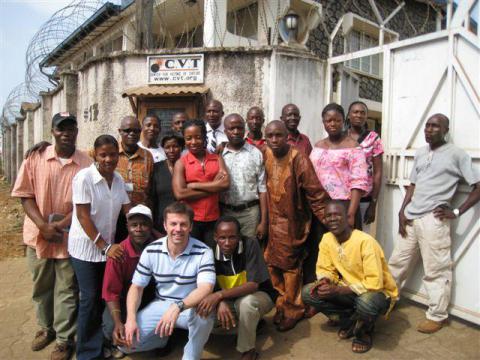
Meeting the people behind the success model:
I had the opportunity to interview Dr. Andrea Northwood, Director of Client Services, on her experience with CVT and the challenges of healing children:
Payal: Dr. Northwood, you joined CVT in 1995… Please share your experience with us.
Dr. Northwood: As a graduate student at the University of Minnesota in the early ‘90s, I was looking for socially relevant research. My advisor at the time was working with local Cambodian survivors of the Pol Pot regime of 1975-79, in which 2 – 3 million Cambodians were killed and the entire population was subjected to horrible conditions in forced labor camps. I ended up doing my dissertation on the developmental impact of massive trauma on adolescents who were young children during the Pol Pot time. Learning from those who survived such atrocities was very compelling and meaningful, and through that work, I became interested in human rights work as a career path. The Center for Victims of Torture was right down the road from my graduate program, and it was a natural fit with my interests in cross-cultural work and helping survivors of severe trauma.
I received my PhD in clinical psychology and child development in 1996, a year after I started working at CVT. For the past 17 years, I have provided psychological evaluation and psychotherapy to survivors of politically motivated torture and their family members, including children and adolescents. Since 2006, I have also worked administratively as the Director of Client Services. In that role, I supervise our Minnesota clinical staff in program work; provide overall management of our Minnesota clinic; direct and implement the development, delivery, and evaluation of services to Minnesota clients; and oversee the performance and functioning of the Minnesota client services program.
Payal: How long does the entire process take for a torture survivor to re-connect with life again (from arriving at CVT to settling in their community)?
Dr. Northwood: There is wide variance in the amount of time it takes to heal and what this involves for each person. There are also cultural differences in what it means to re-connect with life. For these reasons, our outpatient multidisciplinary program is tailored to meet each torture survivor’s needs and does not involve the wholesale application of any particular treatment or service. Empowerment and the re-establishment of trust are two common goals of torture treatment, and sometimes these must be re-built one relationship at a time. The average length of treatment for survivors is 18 months, however the process can be affected by many factors outside the survivor’s control, such as how long it takes to obtain political asylum and family reunification, as well as on-going traumatic events and losses that continue to happen to family members overseas. Some survivors require years of treatment to stabilize their health and recover; others achieve this in a much shorter period.
Payal: Would you please share some experiences you have had with children who have been victims of torture? How different are the challenges with children vis-à-vis adults?
Dr. Northwood: While the majority of clients CVT sees are adults, children can also be survivors of horrific events. In the U.S. and in all of our international projects we serve child and youth survivors, adapting techniques to their developmental levels. Events that occur during a “sensitive period” in human development can have very significant long-term effects. During a sensitive period for a given developmental issue, such as emotional regulation in young children or identity in adolescence, the developing person is more affected by disruption in that domain than they would be at other ages.
Very young children don’t always experience posttraumatic stress disorder like adults, but they display nervous behaviors, repetitive and rigid play, difficulties with developmental milestones, anxiety, fears, anger and difficulty separating from caregivers. Young torture survivors can have a much harder time regulating their emotions, which can lead them to feel out of control and can escalate their distress and behavior problems.
Caring for children and youth requires special techniques. Counselors who work with young children typically use play therapy. As a child plays with blocks, dolls, or other toys, the counselor watches for themes such as separation and reunion, re-enactments of traumatic events, dangerous situations and rescue. These themes reveal how a child is coping and processing their experiences and allow the counselor to work with the child. With older children and teens, activities such as drawing and drama allow them to process their experience.
Young people represent both heightened vulnerability and potentiality in terms of recovering from trauma. They often have easier access to the world of the imagination, which can be either frightening or a creative healing resource depending on the type of support and nurturance they receive from the adults in their lives.
Meeting the people behind the success model:
Young people are the key, says CVT
Around the world youth play an important part in major social justice movements. The youth of Egypt ignited the most significant grassroots political upheaval in modern Arab memory. In Poland, youth joined Never Again to report and challenge tolerance of racist groups and ideas in their society. Youth use social media to share urgent actions and quickly respond to human rights violations.
We all have an interest in treating torture survivors. The people targeted for torture are often leaders promoting human rights and social justice. When we support healing, we bring those leaders back to work for their communities and the broader human rights movement.
You, too, can become a part of a healing community that gives hope to survivors purposefully silenced by torture. You can support the international torture treatment movement by participating in the UN International Day in Support of Victims of Torture every June 26 (www.un.org/en/events/torturevictimsday/index.shtml). On this day, join CVT, other torture treatment centers around the world and the human rights community to celebrate the incredible resilience of torture survivors.
Youcan also speak up against torture—wherever it happens. Torture’s purpose is to destroy leadership and control societies through fear. This is why we call torture the most effective weapon against democracy. Become involved in global efforts to stop the use of torture worldwide. Make your voice be heard. You can make a difference.
So are you geared up to make a small, nonetheless significant difference?.
This is what you can do:
Donate: You can make indovidual donations (yearly or monthly). You can make donations as a way of celebrating birthdays or anniversaries (a Gift of Hope card is sent to the survivor or his family). If you wish, you can include CVT in your estate or donate stocks to CVT. You can also renew your gifts early in the year to help better planning of CVT’s works.
Advocate: You can be an advocate for CVT by signing CVT’s petition supporting a commission to investigate US’s policies on prisoner treatment.You can cosponsor the Torture Victims Relief Act (TVRA) which funds the torture rehabilitation programs, learn and advocate CVT addressing the issues of interrogations of healthcare professionals and read and get to know CVT through its press releases, books and films.
Volunteer: You can host a ‘Get to know CVT’ event and learn about CVT through one of its representatives at your school/university, place of worship, community clubs etc. You can also organize collections (monetary donations or gift cards) for CVT at your place of worship or at a function. Organize a tour of CVT’s centers with friends or donate quilts, home items like laundry or food baskets and toiletries and cosmetics.
Jobs: Check the CVT website for jobs regularly and help in the noble cause of healing torture victims.
Connect with CVT and its projects:
Website: http://www.cvt.org
Twitter: @cvt_usa
Projects:
New Tactics in Human Rights: www.newtactics.org/about-us
Healtorture: www.healtorture.org
View the Healing Center: www.youtube.com/watch?v=a9Zqk-Ab36Q&context=C4d31a0fADvjVQa1PpcFMQI-XB6QgDhMGvkps487ecAl2XcR70N3A=
Center for Victims of Torture: www.youtube.com/watch?v=yC12xvnmqnk
Center for Victims of Torture on Almanac: www.youtube.com/watch?v=lJKPR2jHi_k
Doug Johnson of CVT speaks about stopping torture: www.youtube.com/watch?v=nHG90ah7mDk
Center for Victims of Torture – Interview with ICC Chief Prosecutor: www.youtube.com/watch?v=gWwx2wd4quk
Freedom from torture blogs: https://www.freedomfromtorture.org/news-events/blogs/5799
How do we heal victims of torture: https://www.youtube.com/watch?v=3Hz6bGQczVY
Read more about CVT:
Mental health symptoms count among the barriers that refugees must overcome by Dr. Andrea Northwood:
http://minnesota.publicradio.org/display/web/2011/10/17/northwood/
Helping victims of torture, from Minnesota to the world:
http://minneafrica.wordpress.com/2009/06/13/helping-victims-of-torture-from-minnesota-to-the-world/
Center for victims of Torture — Working to End Torture and Heal Its Effects:
www.communitysharesmn.org/index.php?main_menu_id=1&content_id=2100
Wow. We can make a difference together!
At YL, we are thrilled about the rich resources, understanding, communications and cooperation opening through this article. We hope that it has broadened your horizons for hope and action, as well.
As a reader, you can take Instant Action by sharing this with your friends and by forwarding it to EDUCATORS and also to YOUTH passionate about human rights, such as Amnesty International supporters.
Are you treating the subject in school? We would love to hear about your experience and eventual actions.

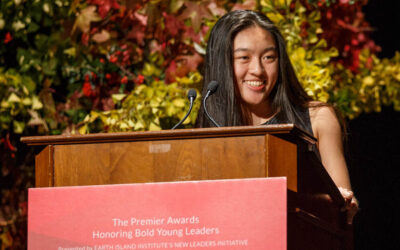
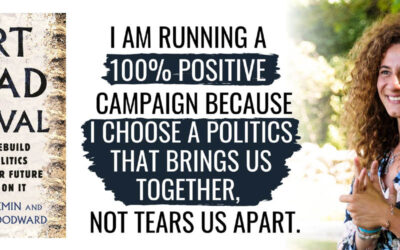
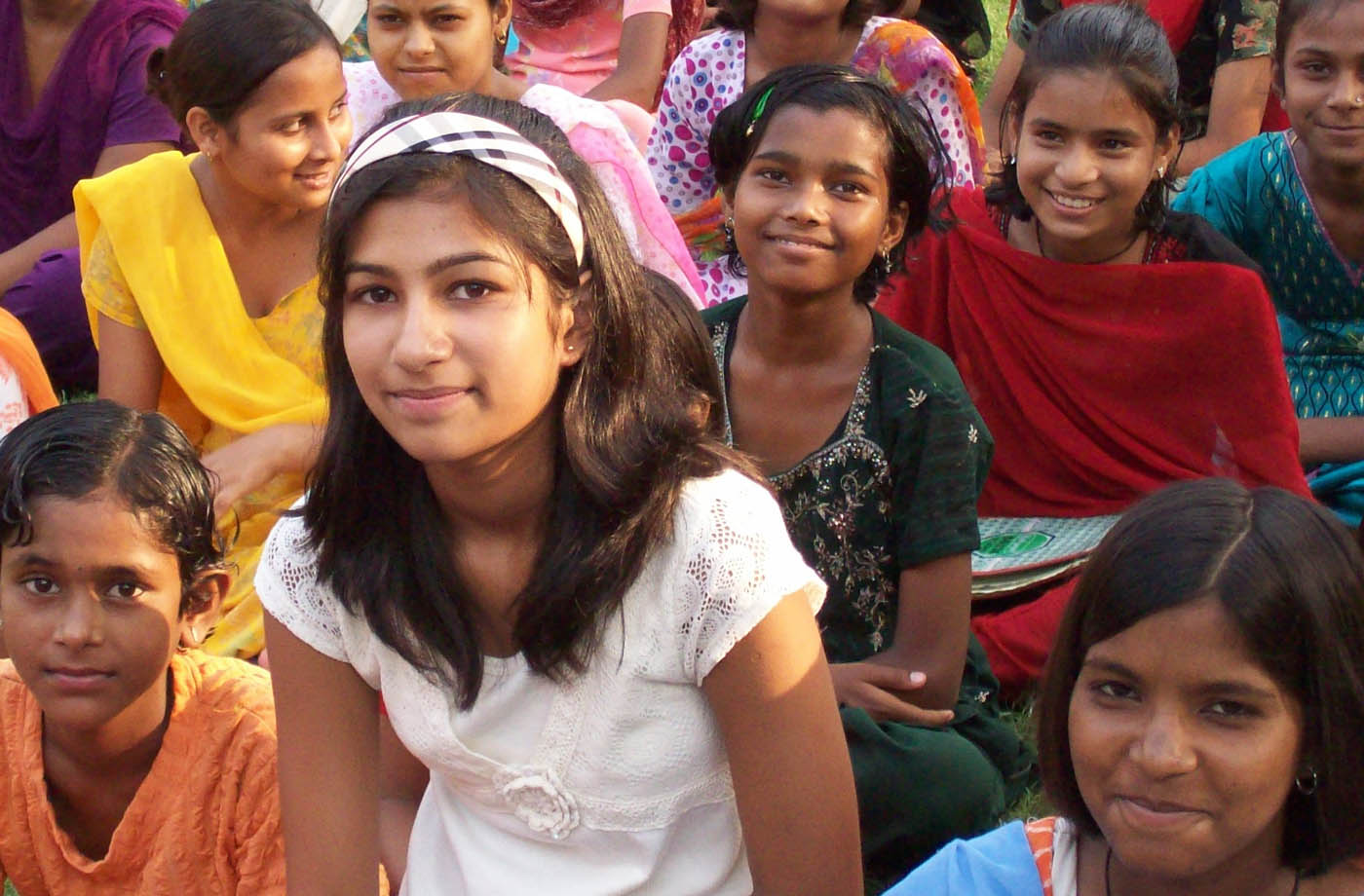

0 Comments